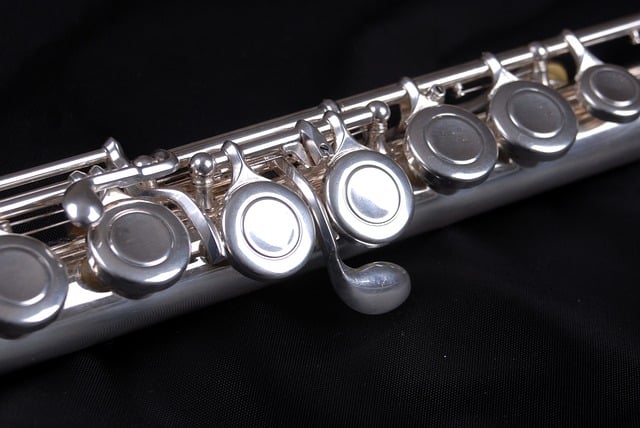
The piccolo is a relatively small aerophone instrument
A piccolo is a small flute characterized by its high pitch . Its sounds correspond to the sounds of the common flute, although in a higher octave.
Wooden aerophone instrument
Also known as a piccolo , the piccolo is an aerophone or wind instrument : it produces sound with the vibration of the air inside, without membranes or strings. More specifically, it is a wooden instrument since the generation of the vibration of the air takes place in the instrument itself, without occurring with the lips of the person who plays it.
Another classification of the piccolo places it as a transposing instrument : the pitch of the note that is written does not correspond to the pitch of the note that is sounded. In this case, the notation is done in an octave lower than the real sound, which does not require as many auxiliary lines on the staff .
Beyond its use in orchestras , the most frequent use of the piccolo is in military bands . It is possible to recognize the piccolo in the parades that take place during the Basel carnival celebration ( Switzerland ). Originally it was produced in the key of D flat and then, at the end of the 20th century , it began to be produced in C.
The sound of the piccolo
Among all the orchestral instruments, the piccolo is the one with the highest pitch . Its sound is penetrating and usually stands out among those that sound simultaneously.
Although the piccolo has this "ease" to be noticed above other instruments, this does not mean that it cannot be used to play calm and soft melodies . This versatility makes it very attractive to young musicians who have not yet decided on an instrument to specialize in.
Boehm system
This name refers to the mechanism made up of the keys of various musical instruments within the flute group, including the piccolo, whose tone holes are large. Its name responds to its inventor, the musician Theobald Boehm , who conceived it in the mid-19th century.
Before this creation, flutes were generally made of wood with holes that, given their small size, could be covered with the fingers. Boehm said that in 1831 he attended a concert in which the musician Charles Nicholson played a flute with larger openings, which allowed a more voluminous and high-pitched sound than normal.
Appearance and workmanship
If we look at its appearance, it can be said that a piccolo is a smaller traverse (or transversal ) flute . The thing is that, although they have differences, both instruments are very similar at first glance. Both have the same range and the same Boehm system; Its only difference is that the piccolo does not have a leg.

A piccolo made entirely of metal
At the beginning of the 20th century, the French wooden piccolo often had an open system, a feature that gave players the ability to alter the tuning according to the way they covered the holes with their fingers. This was no longer used so that tuning did not depend on the musician, so that today we could affirm that pressing a certain key always produces the same sound, although technique and musicality are two important factors in the result.
There are three combinations of materials for the manufacture of the piccolo, although the keys are always made of metal : completely in wood, either wood pulp or black granadillo; only the wooden body, but its metal head; completely in metal, whether zinc, nickel or, in some cases, precious metals.
